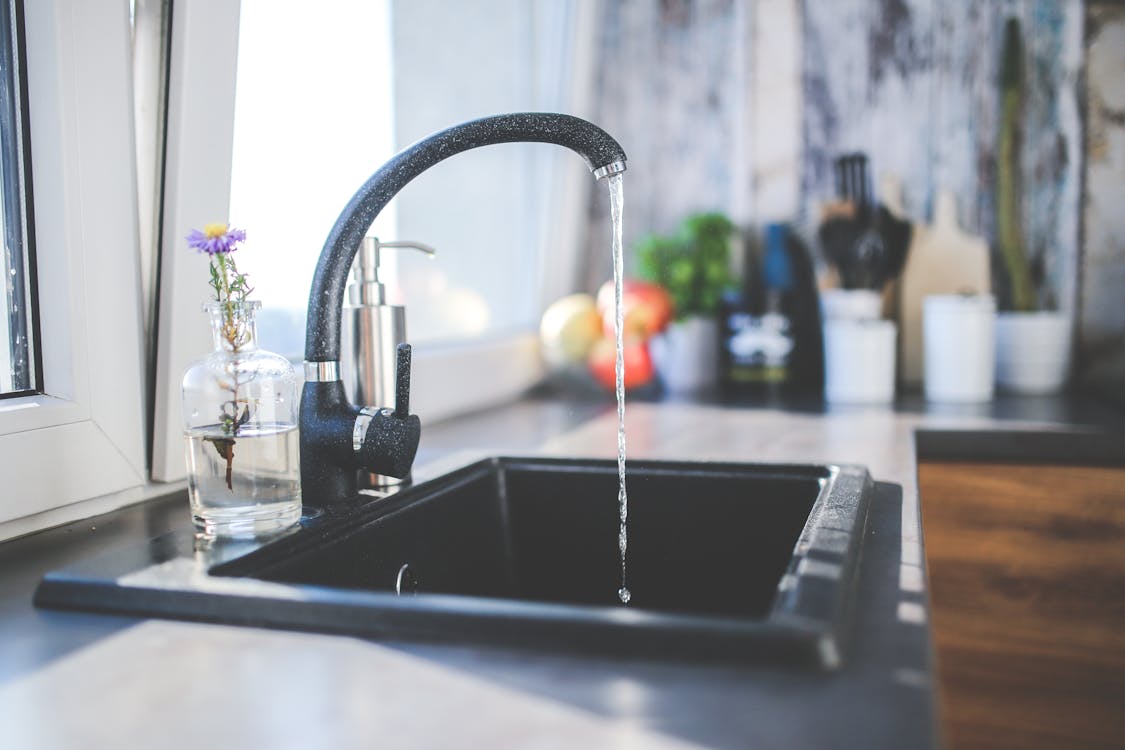
Access to safe and clean drinking water is crucial for maintaining our health and well-being. Many of us rely on tap water for our daily hydration needs. However, can we be sure that the water flowing from our faucets is safe to consume?
CNN reports that almost 50 percent of the tap water in the US is contaminated with different harmful chemicals. With such concerns over water quality and potential contaminants, it’s essential to take proactive steps to ensure the safety of the water we drink.
In this article, we will discuss some of the most effective ways to find out if your tap water is safe for drinking.
Check Your Water Quality Report
In most developed countries, water suppliers are required to provide annual water quality reports to their customers. These reports, also known as Consumer Confidence Reports (CCR), detail the results of water quality tests conducted by the local water authority. The CCR should contain information about the water source, detected contaminants, and their concentrations.
According to the US CDC, the US Environmental Protection Agency (EPA) has made it mandatory for water suppliers to provide CCRs to their customers. Reviewing your water quality report will let you identify any potential issues or red flags. If you are unsure about the report’s content or have difficulty interpreting the data, don’t hesitate to contact your local water supplier for clarification.
Conduct DIY Testing Kits
For an extra layer of assurance, you can use DIY water testing kits readily available in the market. These kits are designed to detect specific contaminants such as lead, chlorine, bacteria, nitrates, and more. The testing process is generally straightforward and involves following the instructions provided with the kit.
Keep in mind that while these kits can provide some insight into the water quality, they might not be as comprehensive as professional laboratory testing.
Seek Professional Laboratory Testing
For a more thorough and accurate analysis, consider sending a water sample to a certified laboratory for testing. These labs have specialized equipment and trained professionals to identify a wide range of contaminants, including heavy metals, pesticides, bacteria, and other harmful substances.
Lab research was what led to the discovery of the Camp Lejeune water contamination incident. TorHoerman Law reports that over a million people from Camp Lejeune were exposed to toxic chemicals and substances in the water. This occurred between 1953 and 1987.
Following the Camp Lejeune incident, it was later discovered that many locals living in that area at the time developed severe health problems, including cancer.
The payout for Camp Lejeune victims is expected to cross the $6 billion mark. This highlights how grave the situation at Camp Lejeune was. With the help of professional lab testing, you, too, can realize whether or not your local water supply is contaminated. In doing so, you can prevent a Camp Lejeune-like incident and save thousands of lives.
Observe Water Appearance, Taste, and Smell
Your senses can also be useful in identifying potential water quality issues. Examine the appearance of your tap water. It should be clear and free of any visible particles. Foul odors, strange tastes, or unusual colors are indicators of possible contamination.
For example, a strong chlorine smell might indicate excessive chlorination. On the other hand, a metallic taste could be a sign of high levels of dissolved minerals. If you notice any such abnormalities, it’s best to err on the side of caution and have your water tested.
Monitor Local Environmental Concerns
Stay informed about any environmental issues or water quality concerns in your area. Industrial spills, agricultural runoff, or contamination from old infrastructure can affect the safety of your tap water. Local news outlets, government websites, and community organizations may provide updates on potential water quality issues.
Being aware of such events can prompt you to take appropriate measures, like using water filters or consuming bottled water until the issue is resolved.
Install Water Filtration Systems
Regardless of your tap water’s initial quality, installing a home water filtration system can offer an added layer of protection. Activated carbon filters and reverse osmosis systems offer high-quality water filtration. UV purifiers, on the other hand, are widely used across homes. Choose the filtration system that suits your budget and needs.
Remember to regularly maintain and replace the filters as per the manufacturer’s recommendations. That way, you can ensure the systems’ optimal performance.
Conclusion
According to the World Health Organization (WHO), globally, around two billion people drink from contaminated water sources. The US, too, is currently struggling with water contamination problems. As local water bodies keep getting more and more polluted, this problem will only get worse.
Thus comes the need for you to stay vigilant when it comes to understanding whether or not your tap water is safe to drink. If you have your doubts, don’t hesitate to go through this list again and do as suggested. That way, you can fully ensure that the tap water you’re consuming is safe.


